
10 Best Nintendo Switch Games: The Ultimate Guide for 2025
- Gaming Updates
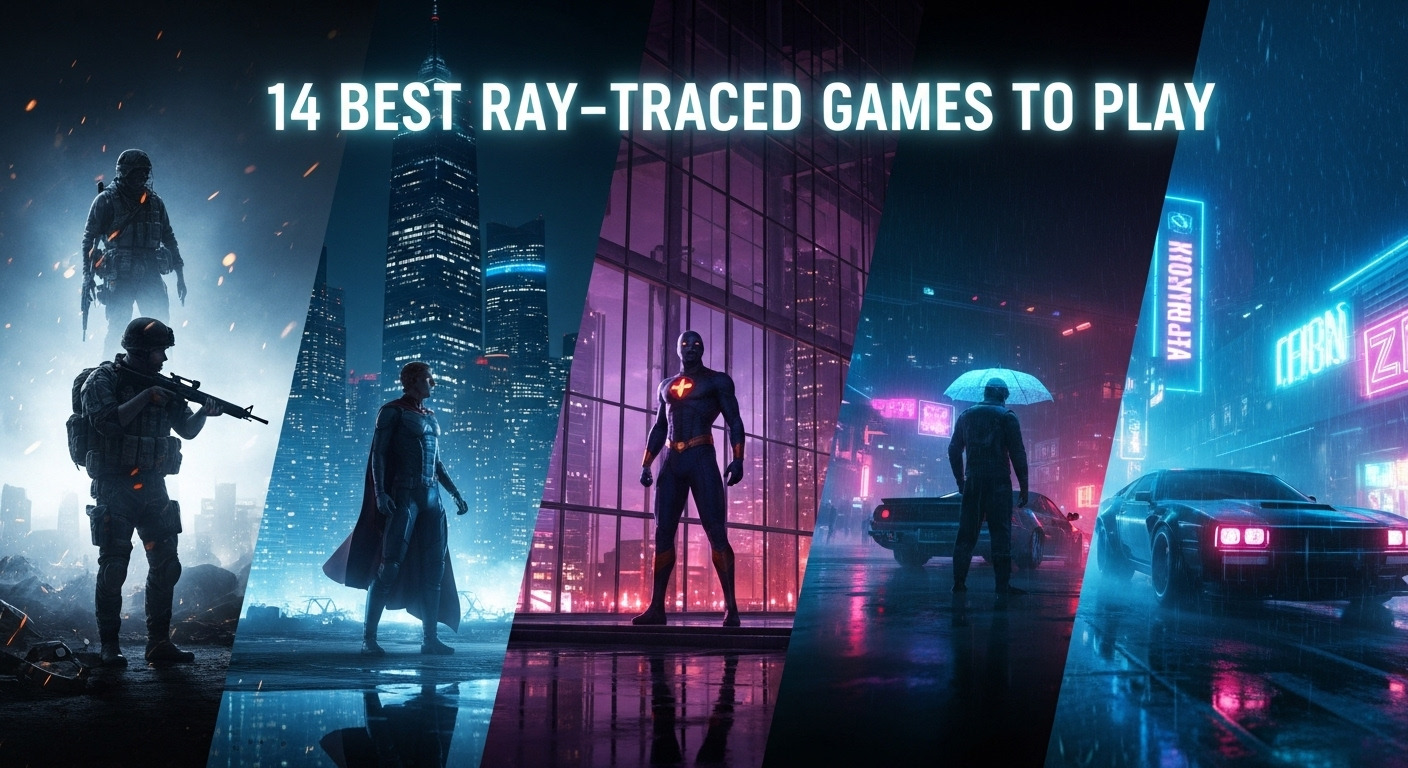
It’s incredible to realize that real-time ray tracing in gaming is less than a decade old. In that short time, it has evolved from a niche, performance-heavy feature into a fundamental technology that transforms how games are lit and rendered. What began as a key selling point for new graphics cards has become a standard for visual excellence, representing a monumental shift from clever illusion to true simulation.
Ray tracing delivers a level of realism in lighting, shadows, and reflections that was previously impossible. This guide will walk you through the absolute best ray-traced games available today, explain the technology in simple terms, and show you how to get the most out of your hardware.
Before we dive into the games, it’s helpful to understand what ray tracing actually is and why it creates such a noticeable visual improvement.
For decades, game developers were masters of illusion. They used clever tricks to simulate realistic lighting, relying on techniques like pre-calculated “baked” lighting and screen-space reflections. These methods were effective but had limitations. A reflective puddle could only mirror what was currently on your screen, causing reflections to vanish awkwardly at the edge of your view. Light wouldn’t bounce naturally, so a dark corner would remain pitch black even if a brightly lit wall was nearby.
Ray tracing changes all of that by simulating the actual path of light rays, much like they work in the real world. Imagine every light source, from the sun to a single lightbulb, shooting out millions of rays. The system traces how these rays bounce off different surfaces, absorb color, and cast shadows in a virtual environment.
A red wall will now cast a faint red glow on the floor next to it, and a window will accurately reflect what’s happening outside your field of view. It replaces the old tricks with a more physically accurate simulation, resulting in a world that feels more grounded, cohesive, and immersive.
This list represents the pinnacle of ray tracing implementation, from early trendsetters to modern masterpieces. Each game uses the technology not just as a graphical flourish, but as a core component of its atmosphere and visual storytelling.
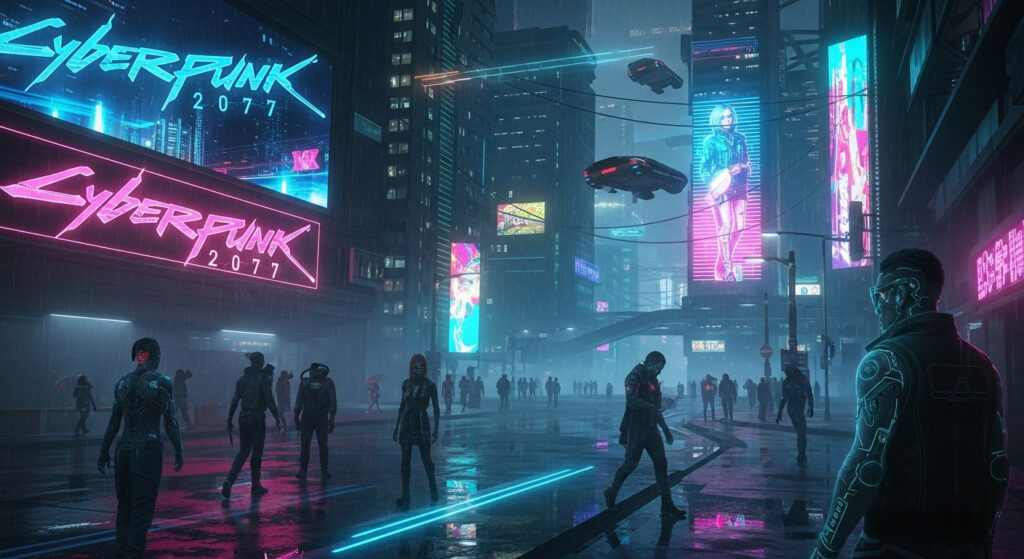
CD Projekt Red’s ambitious RPG is perhaps the ultimate showcase for ray tracing. Driving through Japantown at night is a transformative experience with ray tracing enabled; every neon sign casts a vibrant, colored glow on the wet asphalt, and the countless advertisements are perfectly reflected in puddles and car windows. The game utilizes ray-traced reflections, shadows, and global illumination to make the dense, vertical streets of Night City feel alive and breathtakingly complex. With the addition of its “Overdrive Mode,” Cyberpunk 2077 implements full path tracing, setting a new and incredibly demanding benchmark for video game visuals.
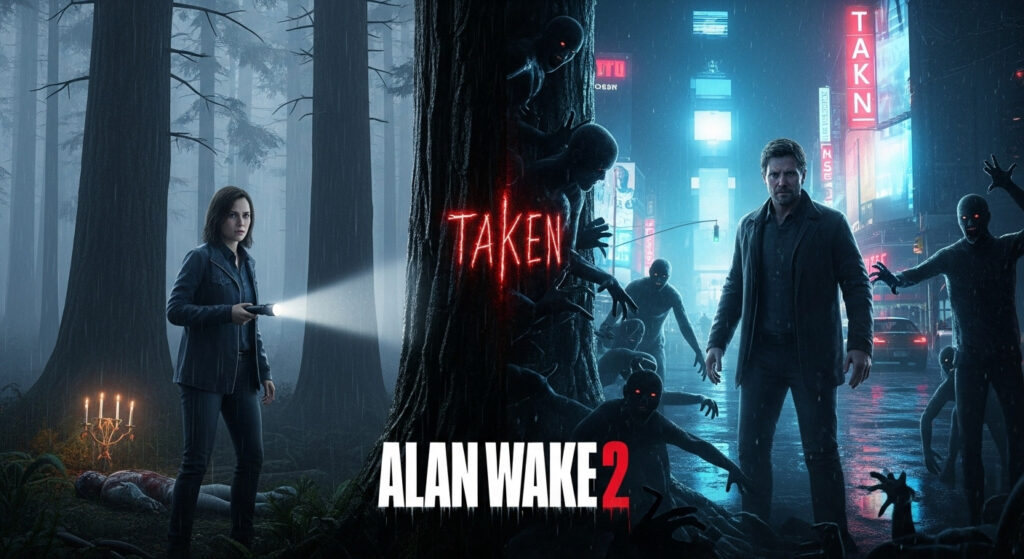
Atmosphere is everything in a survival horror game, and Alan Wake 2 uses path tracing to create one of the most terrifying and immersive worlds in gaming. The technology renders the dark, misty forests of the Pacific Northwest with a level of realism that is deeply unsettling. The path-traced lighting means darkness feels truly oppressive and unpredictable. When you ignite a flare, the light doesn’t just illuminate your immediate area; it realistically bounces off trees, scatters through the fog, and casts long, dancing shadows that will keep you on the edge of your seat. It’s a masterclass in using technology to evoke emotion.
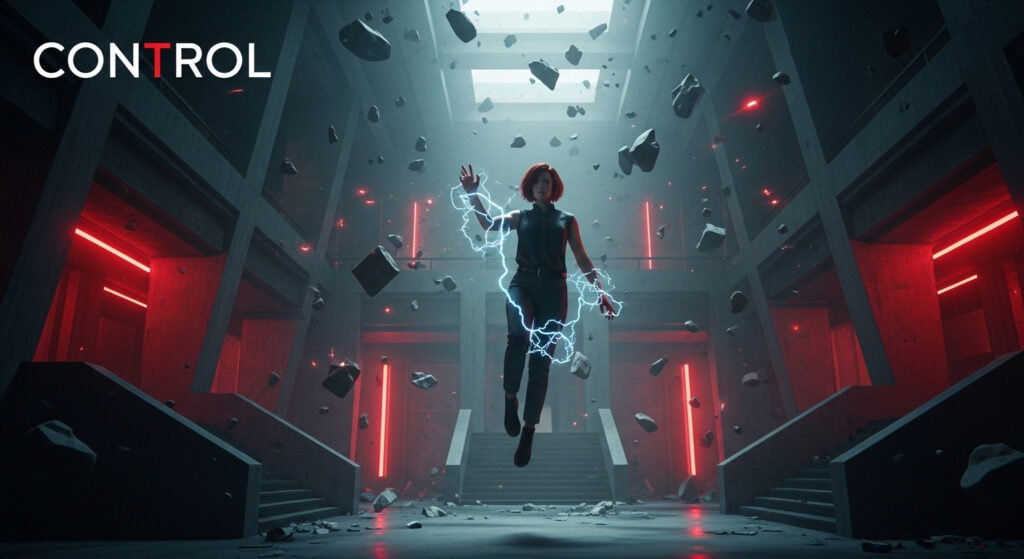
Remedy Entertainment’s Control was one of the first games to demonstrate the artistic potential of ray tracing. Set within the shifting, brutalist architecture of the Oldest House, the game uses a full suite of effects including ray-traced reflections, transparent reflections, and shadows. The result is a world that is both visually stunning and deeply unsettling. The highly polished marble floors reflect the chaotic action and otherworldly lighting with perfect clarity, while the glass-walled offices create distorted, layered reflections that enhance the game’s surreal and mysterious atmosphere.
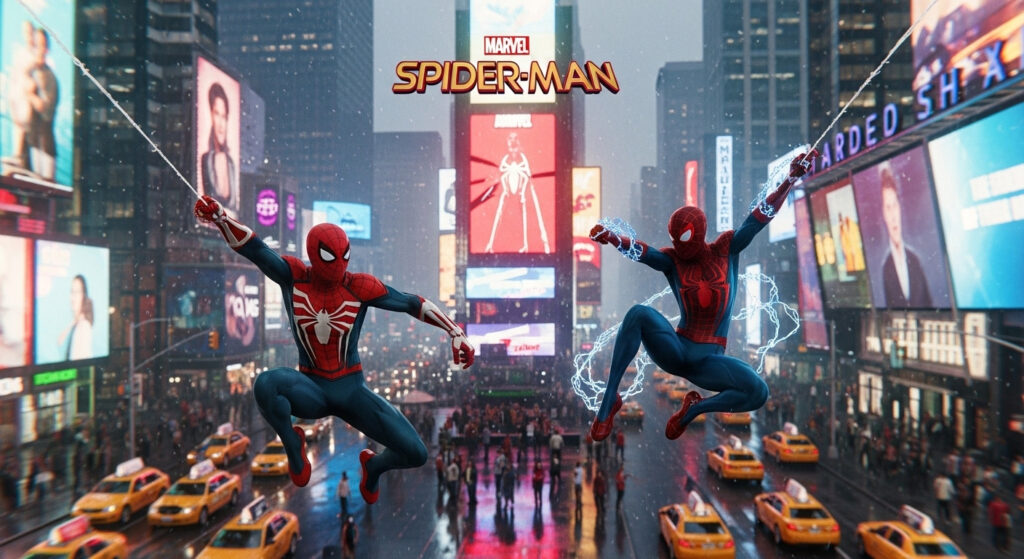
Swinging through the skyscrapers of New York City is made exponentially more spectacular with ray-traced reflections. In both Spider-Man Remastered and Miles Morales, the thousands of glass windows on the city’s buildings perfectly mirror the world around them, including our web-slinging hero in motion. The effect adds a profound sense of depth and place to the world, grounding the high-flying action in a stunningly realistic cityscape. It’s a visual treat that makes simply traversing the open world one of the most satisfying parts of the experience.
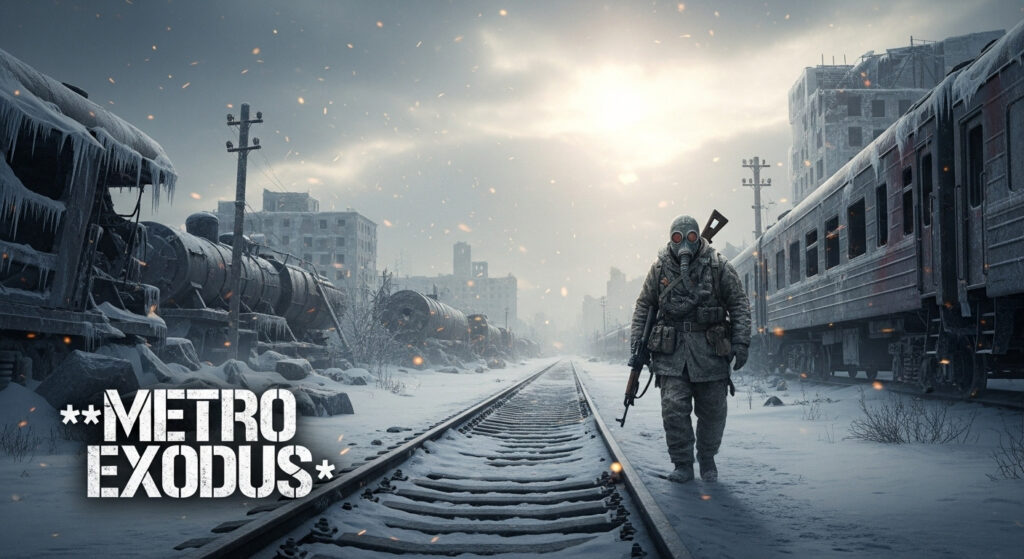
The post-apocalyptic world of Metro Exodus is bleak and moody, and its ray-traced global illumination adds a stunning layer of realism that enhances this tone. This isn’t about flashy reflections, but about making light behave naturally. Light filters realistically through the grimy windows of a dilapidated building, sunbeams pierce through the dense canopy of a forest, and the deep, dark tunnels of the metro feel truly oppressive and cut off from the sun. It’s a subtle but powerful implementation that makes the environment itself a more believable and threatening character.

The alien world of Pandora is a vibrant, bioluminescent wonderland, and ray tracing is the key to bringing its unique ecosystem to life. The technology enhances both the global illumination and reflections, making the lush forests and glowing flora feel more dynamic. During the day, light shafts pierce the dense jungle canopy, while at night, the bioluminescent plants cast soft, colored light onto their surroundings, creating a world that feels truly alive and reactive. It’s a visual feast that showcases how ray tracing can elevate fantastical art styles to new heights.
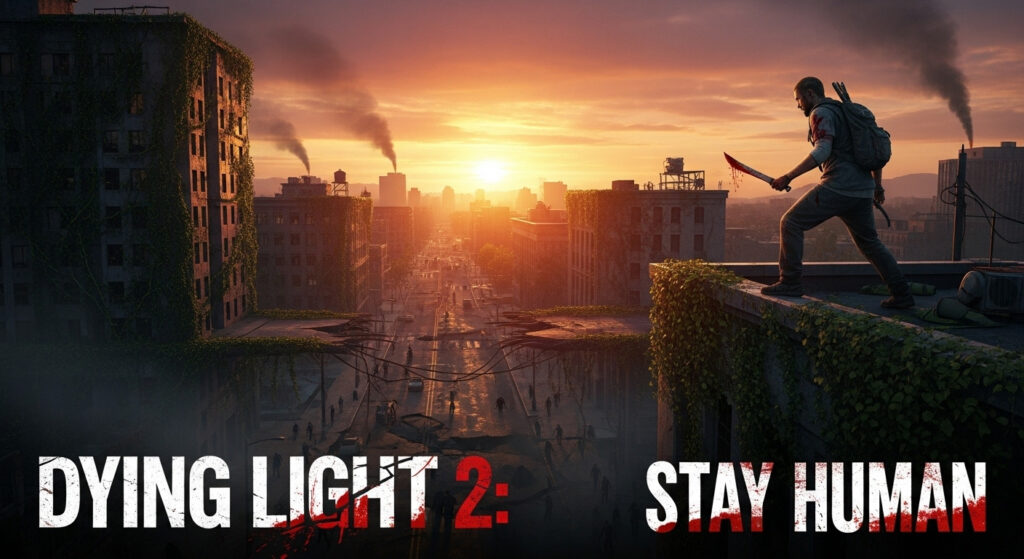
This first-person zombie survival game uses ray tracing to create a more immersive and realistic urban environment that directly impacts gameplay. Ray-traced shadows and global illumination make the day-night cycle more meaningful. During the day, sunlight realistically floods abandoned buildings, helping you spot resources. At night, the absence of that light creates deeper, more terrifying shadows where zombies and other horrors can conceal themselves, making every venture into the darkness a tense and tactical decision.
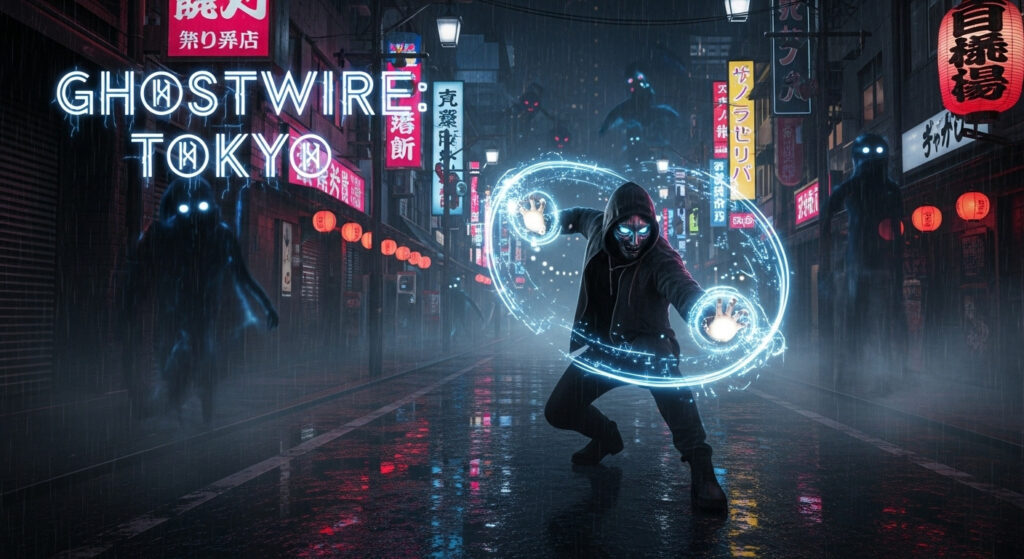
Set in a rainy, deserted Tokyo, Ghostwire: Tokyo is a perfect canvas for ray tracing’s reflective capabilities. The neon signs of the Shibuya district are not just bright lights; they are sources that reflect brilliantly and accurately in the omnipresent puddles on the pavement. This creates a world that is both beautiful and deeply eerie, turning the empty city into a dazzling, mirrored labyrinth. It’s a powerful visual showcase that leverages a single ray-tracing effect to perfectly build its unique atmosphere.

The celebrated next-gen update for The Witcher 3 breathed new life into a beloved classic by adding ray-traced global illumination and ambient occlusion. These upgrades provide far more realistic and nuanced lighting across the vast continent. You’ll notice it in the soft, natural light filtering through the ancient forests of Velen, the way sunlight realistically illuminates the bustling city of Novigrad, and how character armor accurately reflects ambient light. It doesn’t change the game, but it makes its beautiful world feel more modern and cohesive.
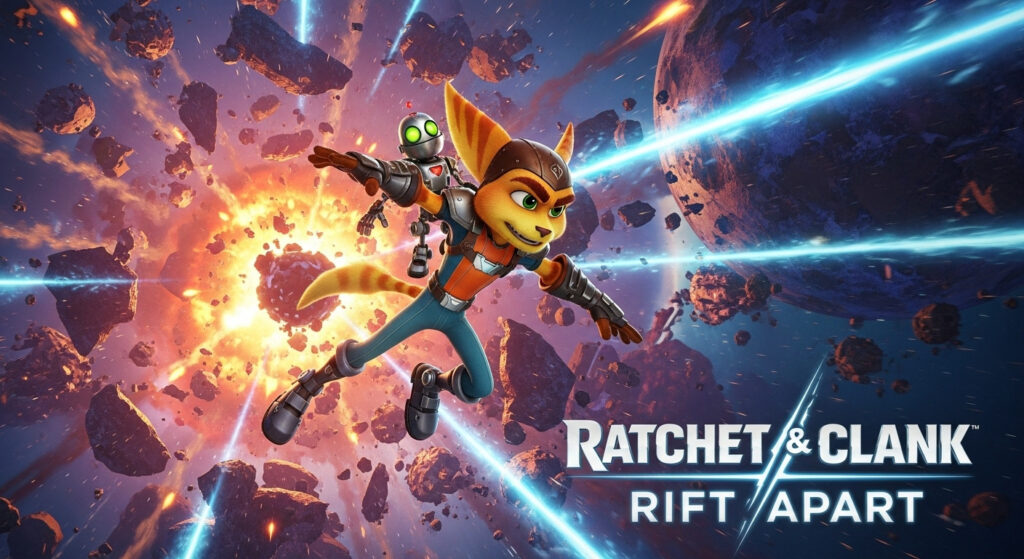
A true showpiece for the PlayStation 5, Rift Apart uses ray-traced reflections to give its colorful, Pixar-like worlds a glossy, next-generation sheen that feels tangible. Every metallic surface, from the reflections in Clank’s polished chrome body to the gleaming, futuristic cityscapes, mirrors the environment with stunning accuracy. This adds a level of polish and visual fidelity that makes the fast-paced, dimension-hopping action a constant visual delight and a prime example of console ray tracing done right.
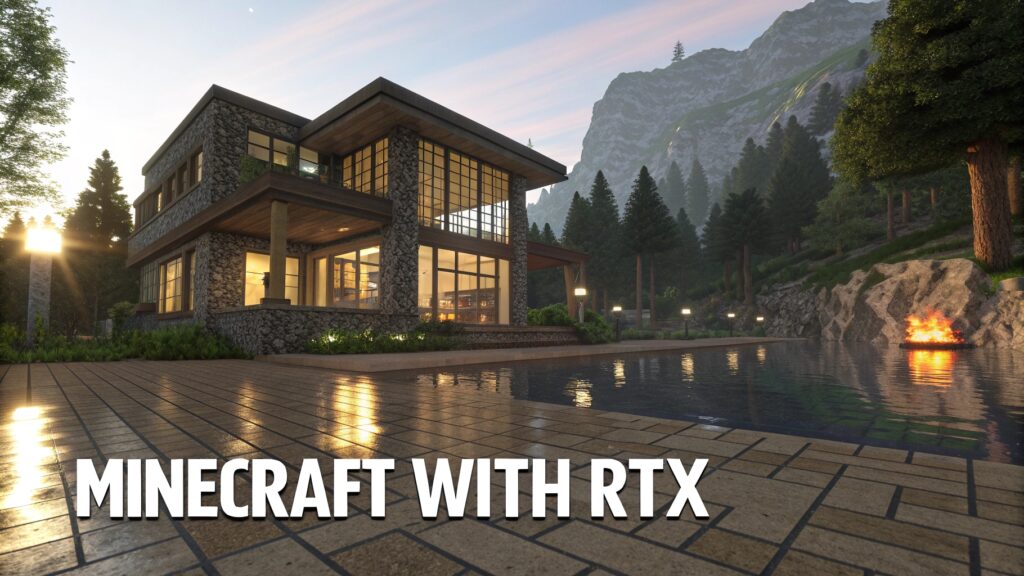
Minecraft proves that ray tracing isn’t just for photorealistic games; it can completely reinvent a familiar art style. With RTX enabled, simple blocks are transformed by the full power of path tracing. Light now filters realistically through colored glass, water surfaces perfectly reflect the sky and surrounding builds, and caves are cast in a deep, natural darkness that makes exploration more challenging and atmospheric. It’s a startling transformation that demonstrates just how fundamental light simulation is to any visual experience.
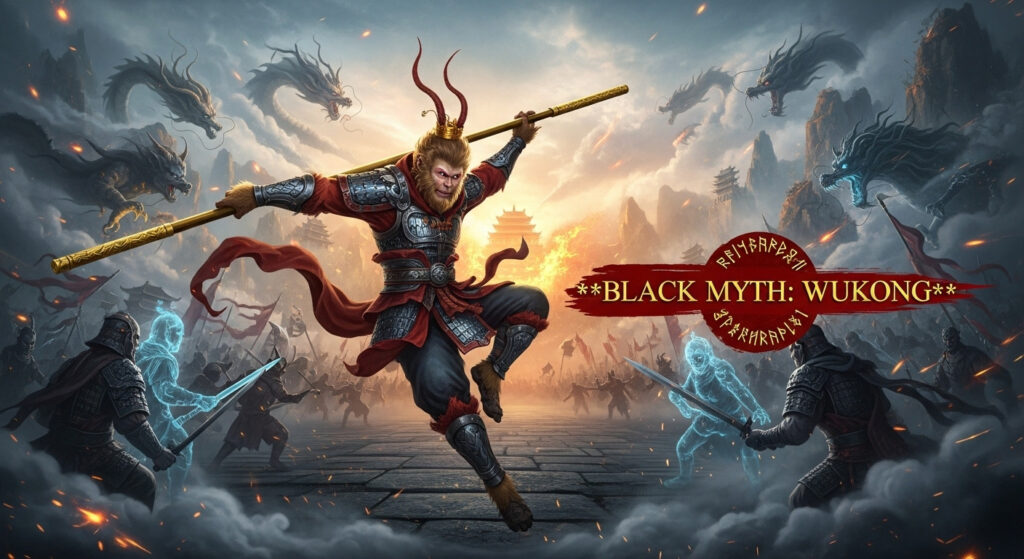
This highly anticipated action RPG, built on Unreal Engine 5, has already showcased stunning visuals in its gameplay trailers. It is clear that the game heavily utilizes ray-traced lighting, shadows, and reflections to create its mythical, atmospheric world. The detailed character models and environments promise to be a true next-generation showcase for the technology.

The next installment in the legendary Doom franchise promises a visceral visual experience that matches its brutal combat. The developers at id Software have highlighted that ray tracing is a core part of its new engine, ensuring that the lighting, shadows, and environmental effects will be more realistic and immersive than ever before, adding a new layer of grit and atmosphere to its medieval-inspired hellscapes.

In a significant move for the industry, developer MachineGames has stated that their upcoming title is making ray-traced lighting a mandatory, core feature of its engine. This signals a major shift where ray tracing is no longer an optional “add-on” for those with high-end hardware, but a fundamental and required part of the game’s intended visual design from the ground up.
As you explore high-end PC gaming, you’ll also hear the term “path tracing.” Think of path tracing as the next, more intense evolution of ray tracing. While standard ray tracing often simulates one or two light bounces to handle specific effects like shadows or reflections, path tracing simulates the entire “path” of a light ray across many bounces.
This allows for incredibly complex and realistic lighting phenomena like color bleeding (light picking up color from one surface and “bleeding” it onto another) and nested reflections (seeing a reflection inside another reflection). It is the gold standard for realism but requires an immense amount of GPU power, as showcased in the demanding “Overdrive Mode” for Cyberpunk 2077.
Owning a ray-tracing capable GPU is only the first step. To truly enjoy these games without sacrificing performance, you need to understand how to optimize your settings.
Most games offer multiple ray tracing settings (e.g., Low, Medium, High, Ultra). Don’t assume you need to set everything to Ultra for a great experience. Often, Medium settings provide most of the visual benefit with a much smaller performance cost. Experiment with individual effects. In a fast-paced shooter like Doom, you might prioritize frame rates and turn down RT shadows, but in a slower-paced RPG like The Witcher 3, the enhanced atmospheric lighting might be worth sacrificing a few frames per second for.
Upscaling technologies are the secret to running ray-traced games at high frame rates. They were developed specifically to counteract the heavy performance demands of ray tracing. These tools render the game at a lower internal resolution and then use sophisticated AI algorithms to intelligently upscale the image to your screen’s native resolution, boosting performance significantly with minimal impact on image quality.
| Technology | What It Is | Key Benefit | Supported GPUs |
| DLSS | Deep Learning Super Sampling | Excellent image quality and performance | NVIDIA RTX GPUs only |
| FSR | FidelityFX Super Resolution | Open standard, works on most GPUs | AMD, NVIDIA, & Intel |
| XeSS | Xe Super Sampling | AI-enhanced upscaling, works on most GPUs | Best on Intel Arc GPUs |
For many gamers, the answer is a resounding yes, though it comes down to personal preference. The improved realism in lighting and reflections can significantly enhance immersion, making game worlds feel more solid and believable.
For players who prioritize visual fidelity over raw frame counts, the trade-off is often worth it, especially since upscaling technologies like DLSS and FSR make the performance cost more manageable than ever.
Absolutely. Both the PlayStation 5 and Xbox Series X have dedicated hardware for accelerating ray tracing. To manage performance, console games typically offer graphics modes.
A “Quality” or “Fidelity” mode will often run at 30fps but include ray-traced effects, while a “Performance” mode will target 60fps or higher by disabling them. While the implementations may not be as demanding as on a high-end PC, they provide a tangible visual upgrade.
To get started with ray tracing, you will generally need an NVIDIA GeForce RTX 20-series card or newer, or an AMD Radeon RX 6000-series card or newer. These were the first generations of GPUs with dedicated hardware for this task.
For a better experience, especially at higher resolutions (1440p or 4K), an RTX 30-series/40-series or RX 7000-series/8000-series card is recommended. Also consider VRAM, as ray tracing can be memory-intensive.
Ray tracing has fundamentally changed the landscape of video game graphics. In just a few years, it has moved beyond being a simple gimmick to become an essential tool for developers creating deeply immersive and believable worlds.
It marks the pivotal transition from faking light to truly simulating it. The games listed here represent the absolute best of what this technology has to offer, from the full path-traced realism of Alan Wake 2 to the dazzling reflective splendor of Marvel’s Spider-Man.
As hardware becomes even more powerful, ray tracing will only continue to redefine what’s possible in video game visuals.
What are your favorite ray-traced gaming moments? Share your thoughts and experiences in the comments below